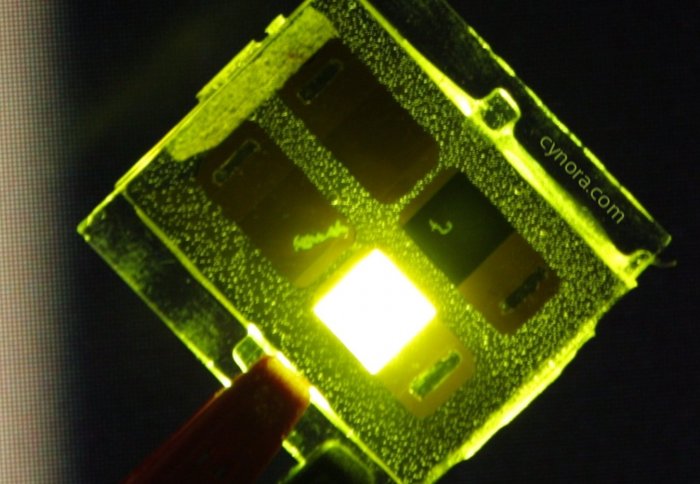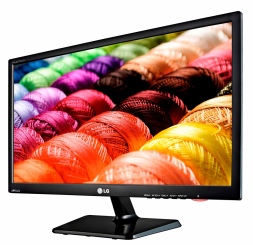

Kailey Nolan of Imperial Innovations speaks to Dr Matt Fuchter about his work developing very efficient organic light-emitting diodes for TV screens
Dr Matt Fuchter is a senior lecturer in synthetic chemistry (Chemistry), whose work involves the design, synthesis and study of molecules with interesting functions. Together with Dr Alasdair Campbell (Physics), he is developing more efficient organic light-emitting diodes (OLEDs) that could be used in the next generation of screen displays for TVs, mobile phones and cameras.
Why have you developed this?
Current screen display technologies, such as backlit LCD TVs (see image below), are actually quite energyinefficient. That’s because they use polarising filters as a means to switch individual pixels on and off and ultimately create different visual projections. The problem is that the filters effectively cut out 75 per cent of the light generated by the backlight. In fact, after absorption by additional colour filters, only 4 per cent of the light originally generated is actually transmitted, resulting in energy-inefficient displays. An alternative approach would be to use an OLED backlight that directly emits circularly polarised light, meaning the polarising filters aren’t actually needed.

Commercially available back-lit LCD TV by electronics firm LG
How have you achieved this?
Standard OLEDs contain a light-emitting polymer, and we simply mixed this with a small amount of a molecule known as a helicene. This blend was then used to fabricate OLED devices using existing procedures. The helicene organises the polymer into an appropriate conformation, so that it can directly emit circularly polarised light.
What are the benefits?
Since no special processing conditions or mixing methods were used to achieve this result, it should be readily incorporated into standard production lines. Removing the need for polarising filters means circularly polarised light emitting OLEDs could be made more compact and, as one example, would result in highly energy-efficient LCD displays with significantly extended battery
Article text (excluding photos or graphics) available under an Attribution-NonCommercial-ShareAlike Creative Commons license.
Photos and graphics subject to third party copyright used with permission or © Imperial College London.
Reporter
Kailey Nolan
Imperial Innovations

Contact details
Email: press.office@imperial.ac.uk
Show all stories by this author



